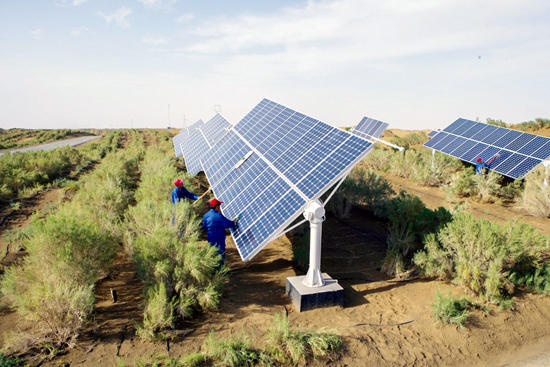China has aligned its fiscal strength with pro-ecology and low-carbon efforts to fast-track the pursuit of its carbon goals.
A recent guideline issued by the Ministry of Finance has specified plans to buttress the goals of striving to peak carbon dioxide emissions by 2030 and achieve carbon neutrality by 2060.
“This is not merely an ecological problem, but a problem concerning development, not just requiring reform in some sectors, but systemic reform of the economy and society,” Chinese Finance Minister Liu Kun said, referring to the importance of reaching “dual carbon” goals, in an article published in the Economic Daily.
Here are some explanations about how fiscal support will function as underpinnings for reaching carbon goals.
WHERE DO FUNDS GO
Stressing the need to practice a spending policy dubbed “drip irrigation,” Liu said in parallel with ensuring energy security, China will ramp up support for a green and low-carbon transition of energy sources, promote renewable power generation, develop new energy vehicles (NEVs) and increase unconventional gas output, among others.
The country will seek breakthroughs and large-scale applications of technologies to drive forward the clean and efficient use of coal as well as carbon capture utilization and storage.
In terms of improving carbon sequestration, China will step up the protection and restoration of grasslands and wetlands.
However, “the carbon goals can not be achieved at one stroke,” Liu said, cautioning the resource-dependent and financially-strapped regions to make sustainable budget plans.
“China will formulate a fiscal policy package that not only offers incentives to ecological protection and innovative development, but also toughens restrictions on environmental damage and extensive development at the cost of the environment,” Liu noted. – Xinhua
- Latest
- Trending





